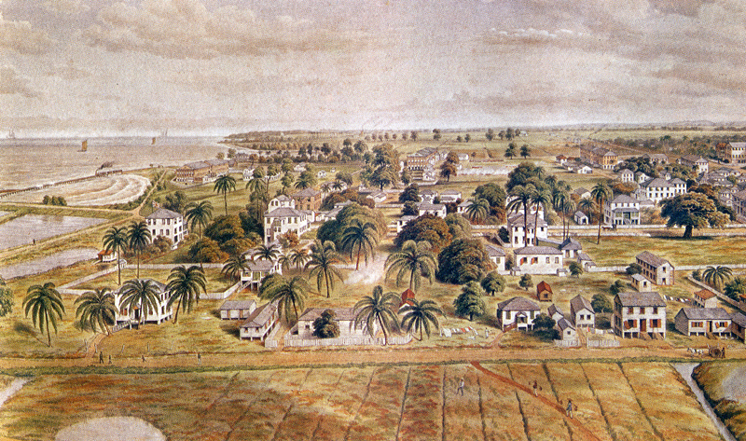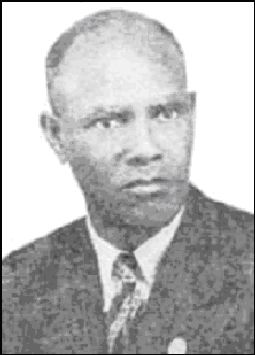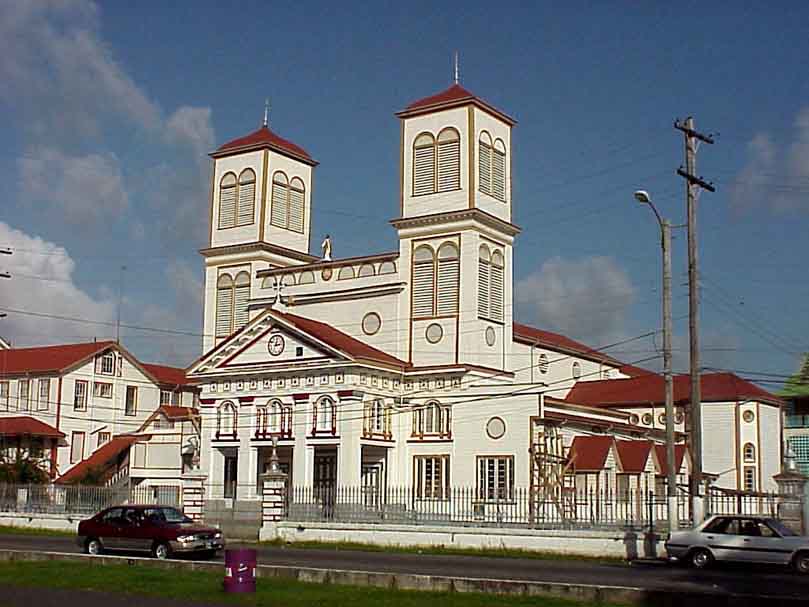Related posts
-

The growth of Georgetown
Between 1783 and 1800, small ‘towns’ grew up around Stabroek. First was New Town, which was... -

‘The Father of Trade Unionism’
Hubert Nathaniel Critchlow was born in Georgetown on December 18, 1884. His father, James Nathaniel Critchlow,... -

Lost gems of our built heritage
Time changes everything, and some things are forgotten, some remembered, and new memories made. This week,...

 The now dormant tadjah festival of Guyana had its origins in the Islamic religion of the Indian Shia Muslims who arrived as indentured workers in British Guiana almost two centuries ago which later came to include non-Muslims.
The now dormant tadjah festival of Guyana had its origins in the Islamic religion of the Indian Shia Muslims who arrived as indentured workers in British Guiana almost two centuries ago which later came to include non-Muslims.